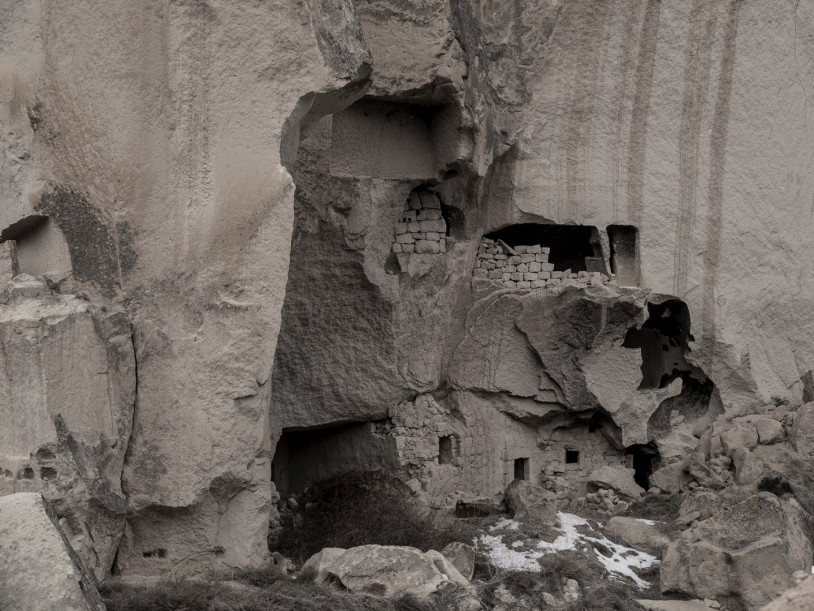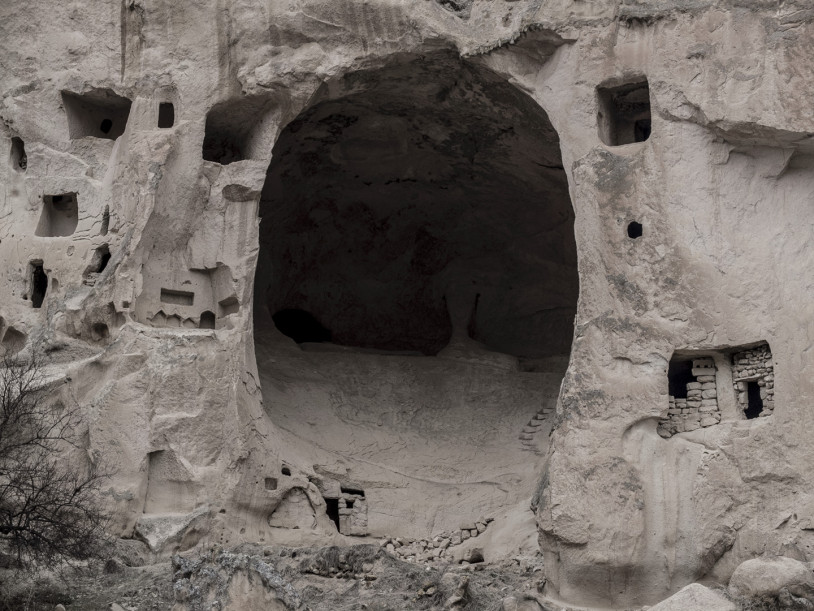Time and Human As Ibn-i Haldun once said, “geography is destiny”. Geography is the most important factor that makes us human, transforms us into who we are. What matters first and foremost is what kind of geography one lives in. If geography ultimately sets the rules, humans and all other living beings end up having to take shape accordingly.
This is what the project Digging Up: Atlas of the Blank Histories means to emphasize with the Time Capsule. Humans are constantly in search of themselves in the philosophical sense, a search which they base on sociological, archaeological, cultural, philological and mythological elements. The story of our evolution since humankind has adopted a sedentary life is what motivates the idea of the project, which may be defined through the notion of giving a message to the world or writing a letter to the future.
The messenger should be taken as someone who relays news to the future by excavating traces and stories from past events, who treats the concept of value in this material world as relative, and thus as a performance that highlights and brings to consciousness notions such as responsibility and reality.
Cappadocia is a difficult landscape. It is true that even remaining human is a challenge in an area such as this where historical, cultural and geographical elements are dominant, where everything other than the Red River (Kızılırmak) – including time itself – flows on sluggishly, the concept of destiny often prevails, and where science, art and philosophy are either semi-understood or entirely misunderstood.
I would like to end by recounting a memory of mine.
When I was child, my mom used to tell us unending stories in the evenings. Some stories lasted for days. But there was one story, among all others, that my mom told us again and again. We would listen to it with excitement and curiosity every time without objection. Only years later did I understand why my mom repeatedly told that story. It was because it was our own. My mother was not a literate woman; she couldn’t read or write, but she could tell. And for years, she had kept tirelessly whispering into our ears the “secrets” from our family history so that they would not be forgotten or lost.
I must have been ten or eleven. One day, I and my friends noticed a large fire by the river, and went over to watch it. A couple of men holding many files in their hands were throwing those papers, books and notebooks into the fire. We watched them do this, too young to make sense of what was going on. With the force of the fire some burning paper fragments would be cast away and fall in front of us. Looking at these half-burnt papers I saw that they were written in Arabic letters, which I didn’t even know how to read. Without understanding what was happening and why, I immediately put out all the burning fragments that fell before me, collected them and hid them into cracks in the wall or pits I had dug with my own two hands. Years later, I came to understand that this was a survival instinct in this world ablaze. Through the project Digging Up: Atlas of the Blank Histories, this instinct to preserve and pass on inscribed within our genes by life itself transported me back to that feeling.
Just as I had done with those half-burnt papers, I took the letter from Digging Up to future, written so as to be opened in 2117, to the top of the Mountain and buried it next to Atuna King Kurti’s grave. After all, we are the products of this world, this universe and of evolution; and we have the duty to carry on what we have received from the past into the future.
As expressed by Nora, “what we call memory is, in fact, the massive and head-spinning stock of things that are impossible to remember, an endless list of things we might need to remind” (Nora, 2004; 25). “[I]t is therefore possible through the work of memory to render visible the invisible stories of spaces. Places of memory constitute a meaningful unit within the material or intellectual order as they are transformed into a symbolic element of common memory by any community, through the workings of time or the will of people.” (Nora, 2004; 171).









